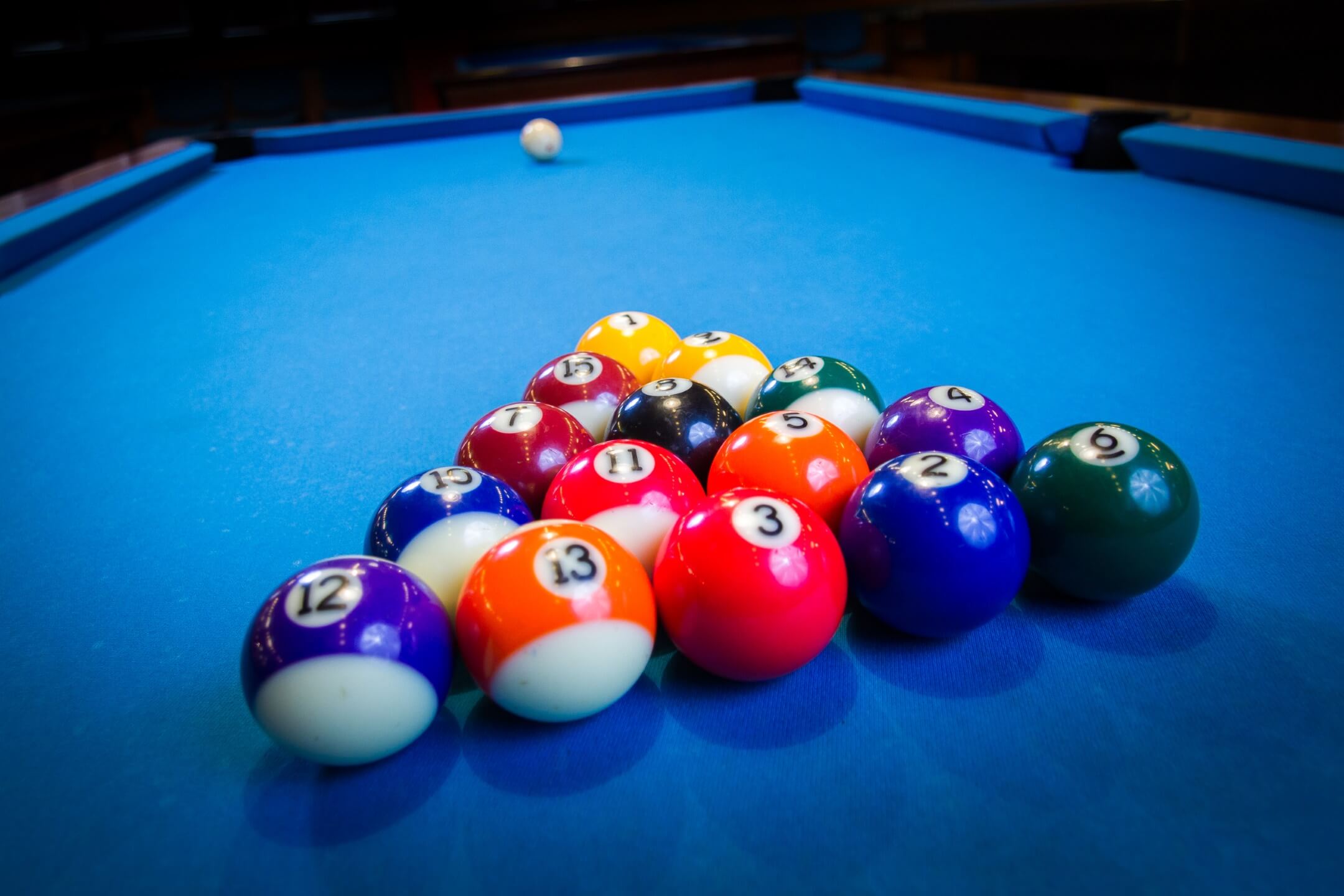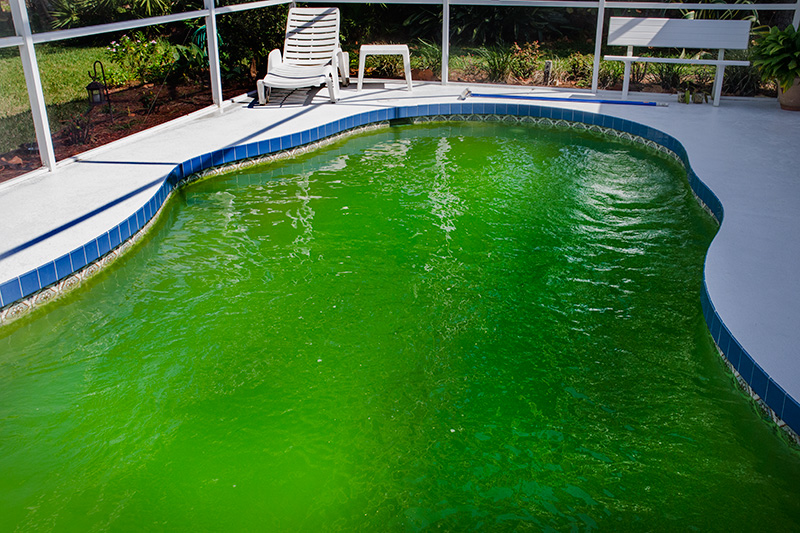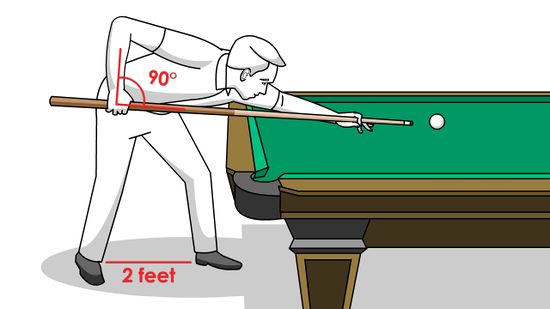
A cueball spinning diagram illustrates the relationship between a cueball's spin, and its trajectory. This is useful for helping players improve their skills as well as increasing their chances to pocket. You may not realize how much control the ball has on a beginner pool player. There are expert tips and tricks you can use to make your game easier.
There are many methods to spin a cue ball well. One of the most important factors is the squirt Angle, or the direction that the ball bounces in. A ball without spin will bounce at a shorter angle. However, a cue ball that has some spin will rebound at an extended angle.

Squirt Angle is not a measurement of how much spin is in the ball. However, it indicates the direction of squirt. For example, a cue ball with a very high squirt angle will move very far in the right direction when it bounces. Many factors influence how spin happens, including the weight of the ball, its strike force, angle, cushion quality, speed, and how hard it is struck.
The squirtangle is not a complicated function of an impact parameter. However, it is nominally independent the mass of your ball. A lower cueball strike will cause a higher angle of squirt, because the ball is moving at a slower velocity. It is best to strike harder to maintain a small squirtangle.
Cue ball spin can be a side spin, top spin, or bottom spin. The cue ball follows the tangent line during a shot. This is a 90-degree angle from the direction of the object ball. The trajectory and direction of the cueball are affected more by the top and bottom spins, than the two other types. You can also modify the spin effect by changing the cloth or table.
The squirt angle, although nominally independent from the mass of the object balls, is still useful in deflecting the ball. If the object is too far away, or the ball is not an appropriate target, then the squirt is unlikely. This factor is crucial in determining whether a shot will be successful. The player will be able to pocket the ball if they take the shot correctly.

Depending on how fast you hit, the cue ball will leave the tangent line sooner. This means the ball will travel farther, but it will rebound at a shorter angle. The rule of thumb for left spins is to use a faster stroke and for right spins, use a slower stroke.